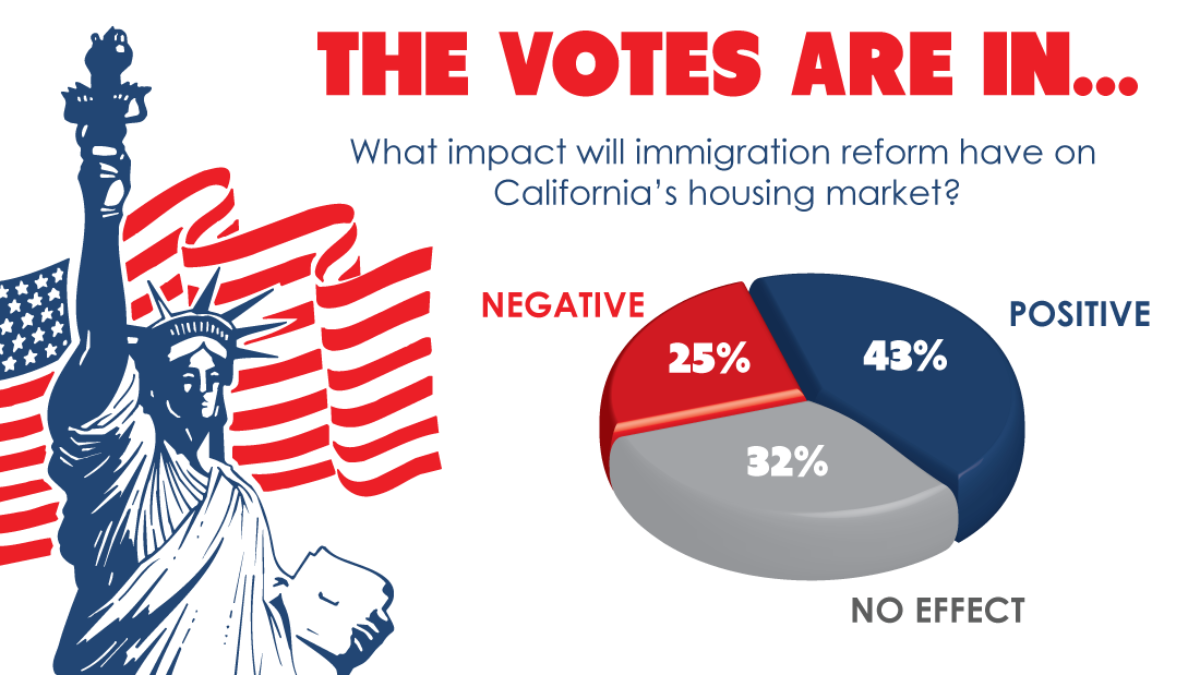
The Impact of Immigration on the Housing Market
Imagine stepping into a city bustling with diverse faces, myriad languages, and a tapestry of cultural expressions. This is the colorful reality of places around the world that have become hubs of immigration. When people move from one country to another, they bring with them dreams, skills, and a need for something very fundamental – a roof over their heads. This quest for housing has significant implications for the market, shaping communities and economies. Let’s delve into how immigration affects the housing market, keeping the conversation light and digestible, as if we’re learning about a friend’s hometown rather than a dense economic report.
More People, More Houses Needed
Let’s start with the basics. Immigration means more people moving into an area, and it’s like adding extra guests to a dinner party—you’re going to need more food, or in this case, more houses. As newcomers settle into a new country, their first step is often renting a place. With more people looking for housing, there’s a greater demand for rental properties. This can be great news for landlords and property investors because more demand can lead to higher rents and lower vacancy rates. But it’s a double-edged sword because rising rent prices can make life tough for tenants – especially those with lighter wallets.
Building Up and Spreading Out
As the demand for housing grows, the construction industry rolls up its sleeves. More apartment complexes and housing developments start to take shape, creating jobs and pumping energy into the local economy. Over time, some immigrants might move away from rentals and buy houses, further fanning the flames of the housing market. This not only leads to a bloom of new homes but also may revitalize neighborhoods. It’s similar to planting new seeds in a garden; they might take a while to sprout, but they can eventually transform the landscape.
Diverse Communities, Diverse Markets
Immigration brings people from various backgrounds, and everyone has different tastes and needs. For instance, some communities might prefer homes close to schools, parks, or places of worship. These preferences can influence the types of properties that are in demand and where they need to be located. As neighborhoods become more culturally diverse, the markets adjust to cater to this new clientele. You could compare it to opening a restaurant: if you notice a lot of customers asking for spicy food, you’d be smart to add some heat to your menu. Similarly, savvy developers and housing authorities tune in to the needs of the immigrant population.
Challenges on the Path
While immigration can add vitality to the housing market, it’s not without its challenges. When housing doesn’t keep pace with the incoming population, it can lead to overcrowding and strain on available resources. Moreover, if newcomers are unable to find affordable housing, they may end up in less desirable neighborhoods, which can perpetuate economic disparities. It’s like if you only have high-end stores in a city, those with smaller budgets can feel left out and may have to travel far to find options that suit their pockets. There is a delicate balance between accommodating growth and maintaining affordability.
The Rental Ripple Effect
Rent isn’t the only thing that can climb; as immigrants establish themselves over time, many become interested in purchasing their own homes. This shift from renting to buying can lead the rental market to stabilize, but it can also trigger a ripple effect. Increased home buying can drive up property values, creating wealth for homeowners but potentially pricing out first-time homebuyers. It’s akin to a popular product flying off the shelves; as demand outstrips supply, the price can soar, which is great for sellers but tough for buyers trying to score a deal.
A Look at the Long Term
Over the long haul, immigration can lead to significant swings in the housing market. In places that warmly welcome immigrants, new energy and innovation can rejuvenate economies and spawn vibrant, diverse communities. However, it’s important for policies to align with growth to keep the scales balanced—ensuring there’s enough housing and that it remains accessible to people across the economic spectrum. This means thinking about housing much like a gardener thinks about their plot; it takes foresight, nurturing, and a bit of patience to cultivate a healthy, blossoming community.
A Final Thought
The conversation about immigration and housing is as big and varied as the world itself. One thing’s for sure: this ebb and flow of people creates a dynamic that can shape the places we call home in profound ways. Whether you are a newcomer or a native, a renter or a homeowner, the shifts in the housing market due to immigration affect us all. It’s a fascinating and essential piece of the puzzle that makes up the bigger picture of our ever-evolving towns and cities.
Immigration, like the tide, brings with it change—a reminder that our communities are living, breathing entities. They grow and contract, shift and evolve, with the housing market being one of the clearest reflections of this movement. As we continue to navigate the waters of immigration and its impact on where we live, the importance of being adaptable, compassionate, and resourceful remains key. After all, at the heart of all this is something quite simple yet profound: a place to call home.